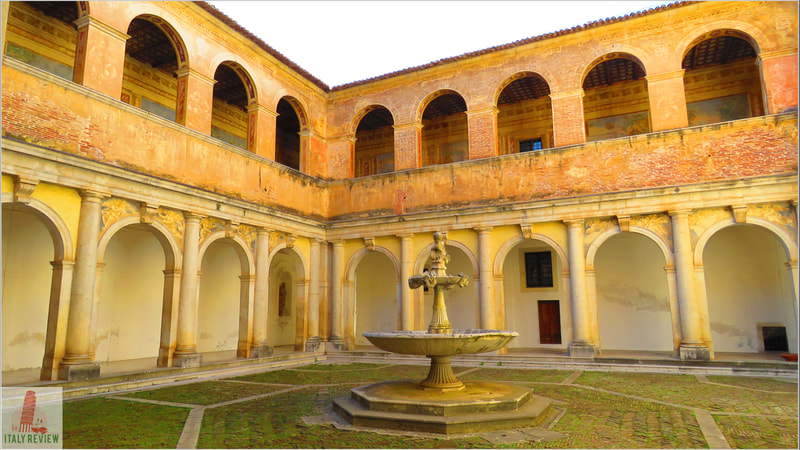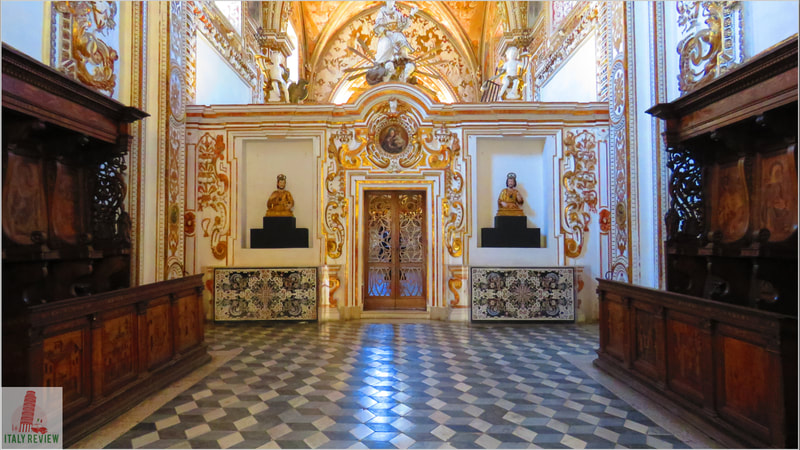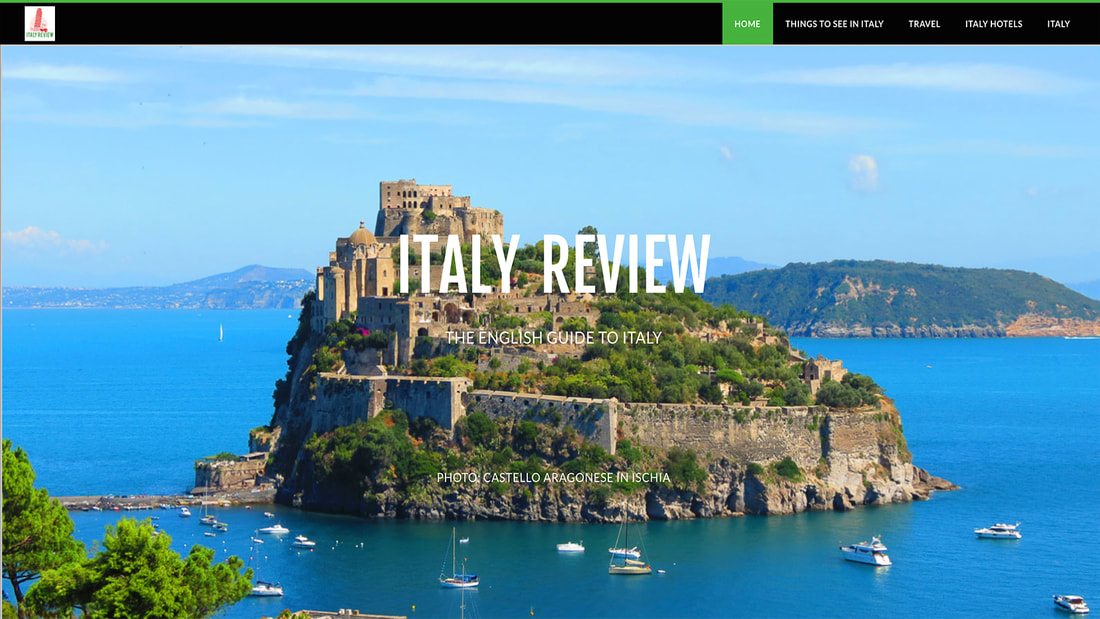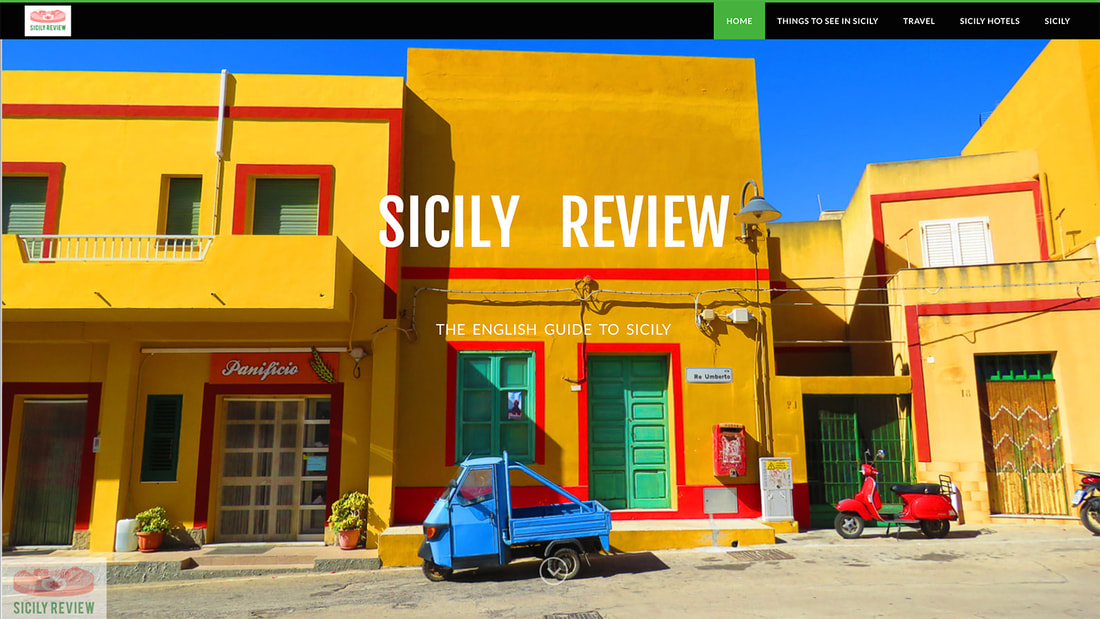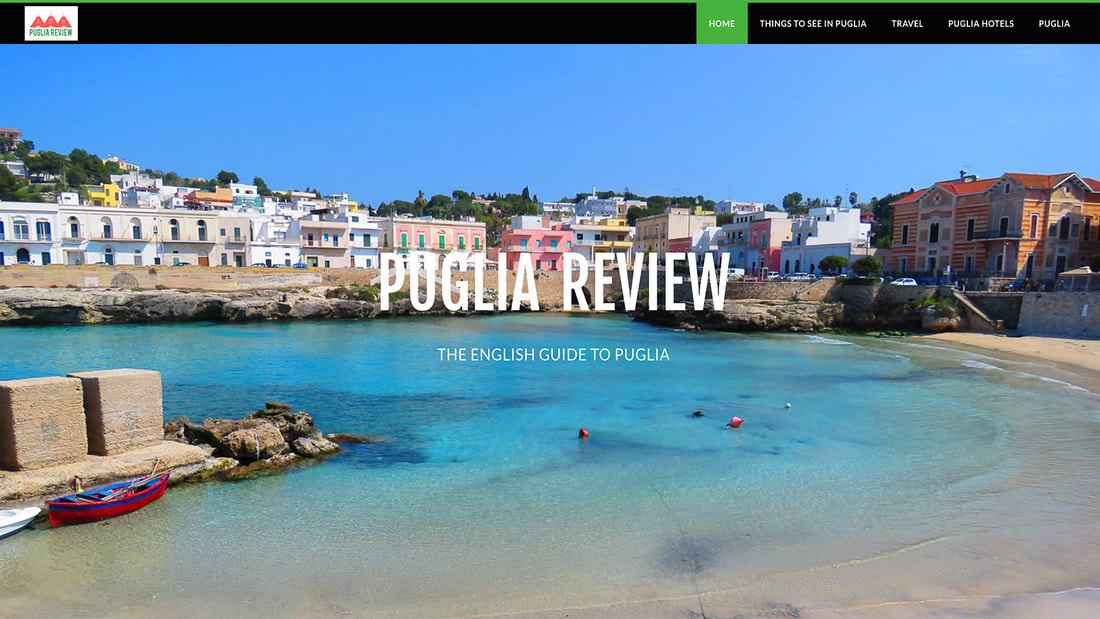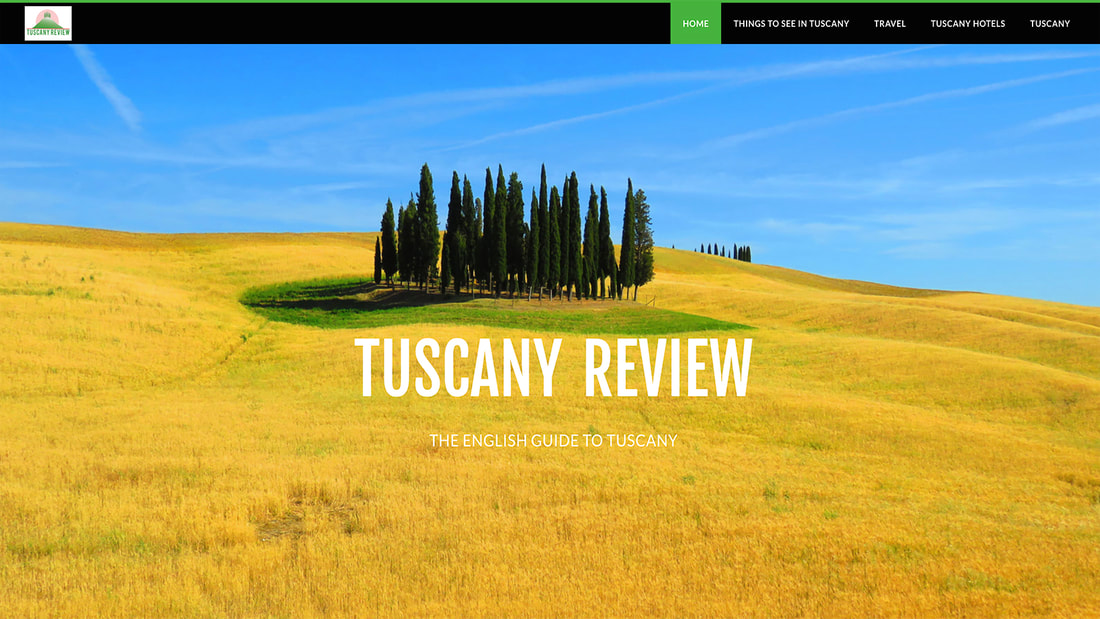Certosa di Padula
Latest update: 29 January 2024
|
The Certosa di Padula is situated in the town of Padula in the Province of Salerno. Built in 1306, the Charterhouse is sometimes referred to as the Certosa di San Lorenzo.
It's been a UNESCO World Heritage Site, under the Cilento and Vallo di Diano National Park with the Archeological Sites of Paestum and Velia, and the Certosa di Padula, listing since 1998. |
|
Related links
|
Comune: Padula
Province: Salerno Region: Campania Built: 1306 Close by: Cilento Vallo di Diano & Alburni National Park Fly to: Naples International Airport - 1 hour 46 minutes (163 km) Recommended accommodation: Villa Cosilinum (1.6 km) |
UNESCO World Heritage Site
Cilento and Vallo di Diano National Park with the Archaeological Sites of Paestum and Velia, and the Certosa di Padula
Year: 1998
Cilento and Vallo di Diano National Park with the Archaeological Sites of Paestum and Velia, and the Certosa di Padula
Year: 1998

